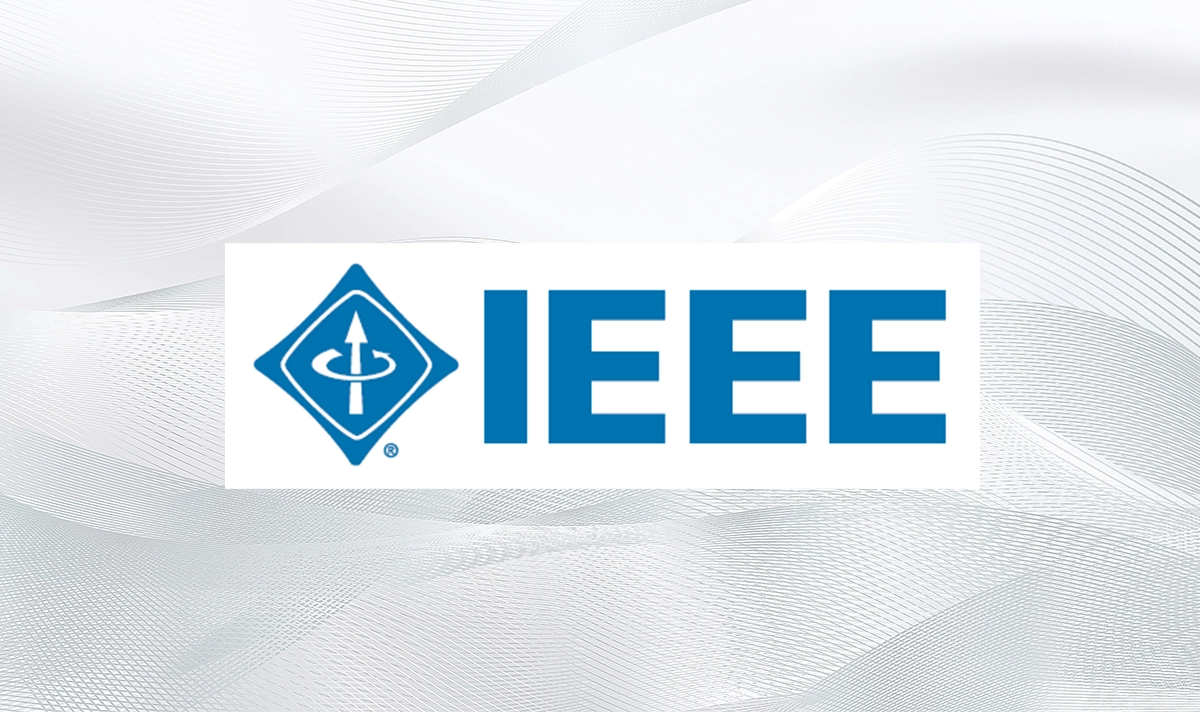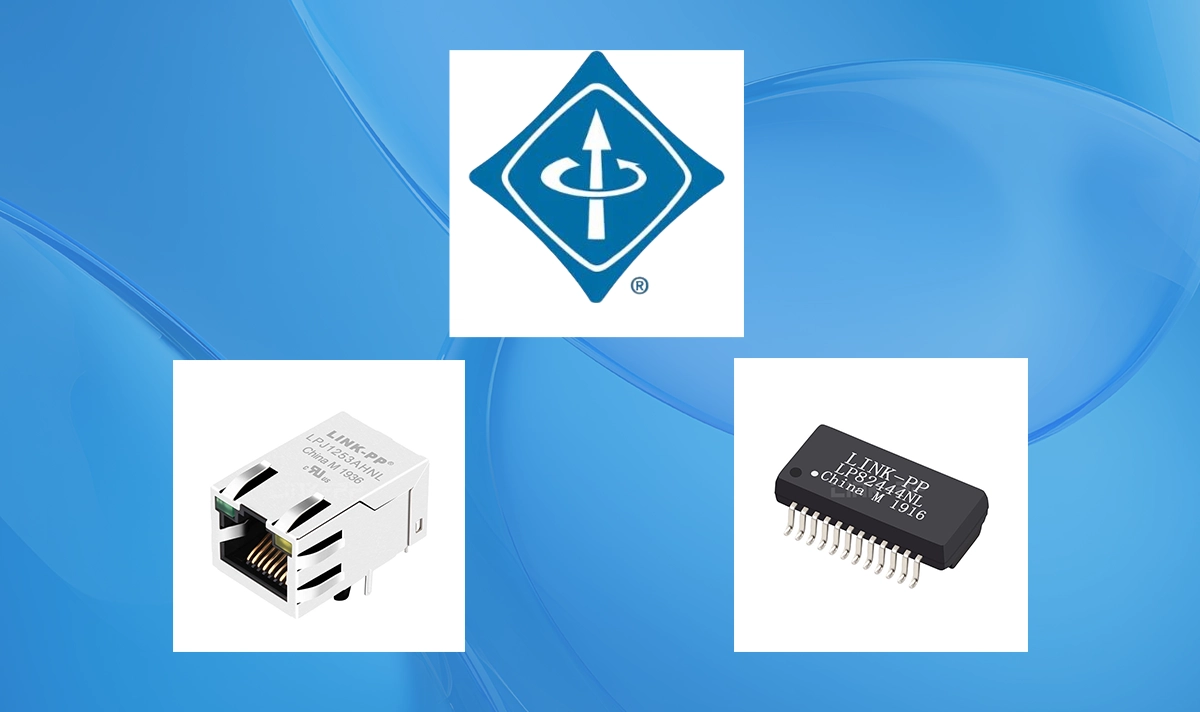
1️⃣ What is IEEE?
The Institute of Electrical and Electronics Engineers (IEEE) is a global professional and technical organization headquartered in the United States. Founded in 1963 through the merger of the American Institute of Electrical Engineers (AIEE) and the Institute of Radio Engineers (IRE), IEEE has grown into one of the most influential bodies in technology and engineering.
The IEEE is the world’s leading professional association for electrical, electronics, and communications engineering. While IEEE fosters technical exchange and professional membership, its greatest impact in telecom and network hardware is through the development of international technical standards—especially those governing Ethernet and Local Area Networks (LAN).
2️⃣ Main Roles of IEEE
Setting Technology Standards
IEEE develops and promotes internationally recognized standards across multiple fields, including electrical engineering, electronics, telecommunications, computing, and networking. Some key standards include:IEEE 802.3 – Ethernet standard
IEEE 802.11 – Wi-Fi standard
IEEE 754 – Floating-point arithmetic standard
Facilitating Technical Exchange
IEEE hosts thousands of conferences, workshops, and industry events worldwide each year to foster collaboration and innovation.Publishing Scientific Literature
Through platforms such as IEEE Xplore, IEEE publishes research papers, journals, and technical documentation, serving as an essential resource for engineers and IT professionals.Career Development and Certification
IEEE provides training, professional certifications, and membership benefits to help engineers enhance their skills and industry recognition.
3️⃣ IEEE’s Role in Networking and Communications
In the networking field, IEEE standards are foundational for ensuring compatibility and interoperability:
IEEE 802.3 – Defines Ethernet physical layer and MAC layer specifications.
IEEE 802.11 – Specifies wireless LAN (WLAN) communication protocols.
IEEE 1588 – Precision Time Protocol (PTP) for clock synchronization in network devices.
4️⃣ LINK-PP and IEEE 802.3 Compliance

As a trusted manufacturer of networking components, LINK-PP ensures that its products—including PoE RJ45 connectors and PoE LAN transformers—fully comply with the IEEE 802.3 Ethernet standard. This guarantees reliable performance, Power over Ethernet (PoE) compatibility, and seamless integration into both enterprise and industrial networks.
See Also:
What Are Ethernet MAC and PHY – Learn how the MAC layer manages data framing and how the PHY layer handles the physical transmission of Ethernet signals.
What is PHY – Physical Layer Basics Explained – Explore the essential functions of the Physical layer in both copper and fiber optic communication.
Local Area Network (LAN): Modern Networking for Fast, Secure Connections – Understand how LANs are designed to deliver high-speed, reliable, and secure network connectivity.


